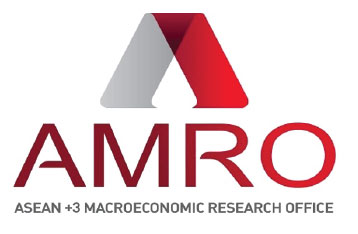The US GENIUS Act provides legal clarity for dollar stablecoins, signaling their integration into the regulated financial system. Stablecoins do not replace existing money. Rather, they operate as tokenized non-bank money backed by safe assets. Tokenization can potentially expand how money can move across platforms and borders.
For ASEAN+3, dollar stablecoins might offer efficiency gains in cross border payments but they also raise risks. Greater use of digital dollars could intensify currency substitution, complicate capital-flow management, and weaken monetary policy transmission. At the same time, well-regulated local-currency stablecoins could complement existing payment systems and support the region’s transition toward a multilayered monetary system.
To harness the opportunities safely, policymakers should clarify the treatment of foreign-currency stablecoins; reinforce monetary policy credibility while exploring possible local-currency token issuance; and promote the singleness of money and interoperability across traditional and tokenized forms. Over time, these efforts can anchor a resilient, integrated monetary system grounded firmly in central bank money.
